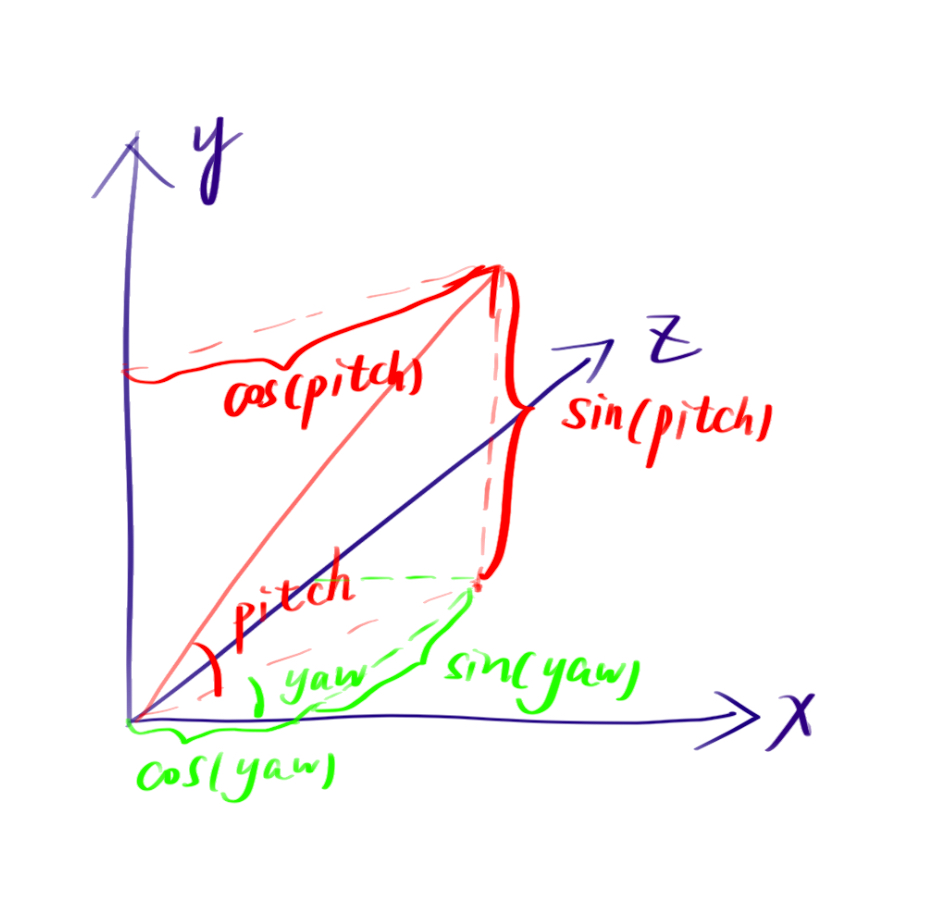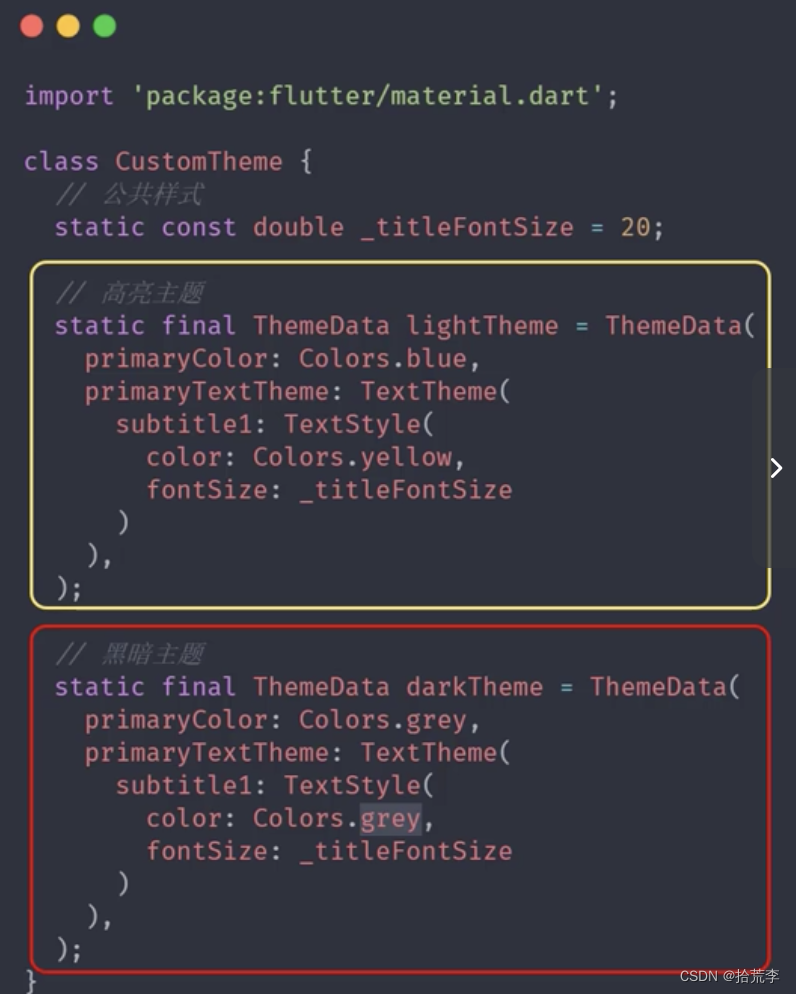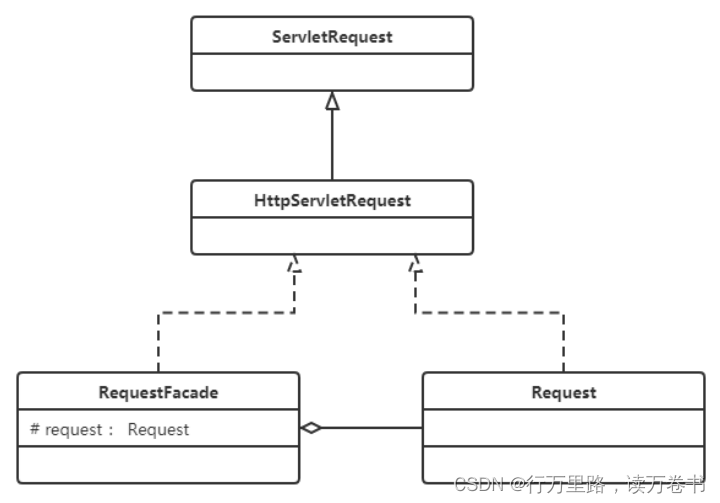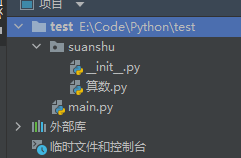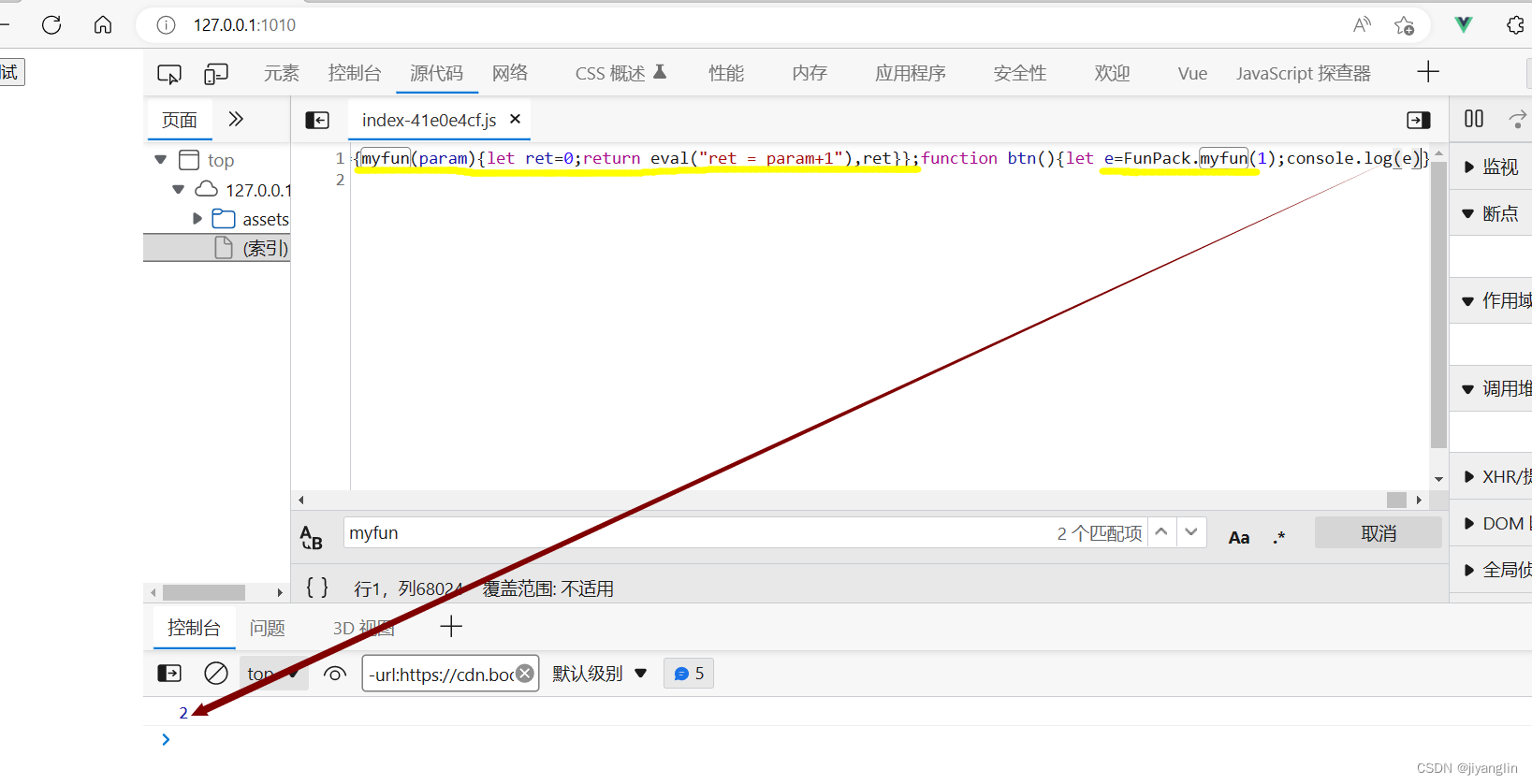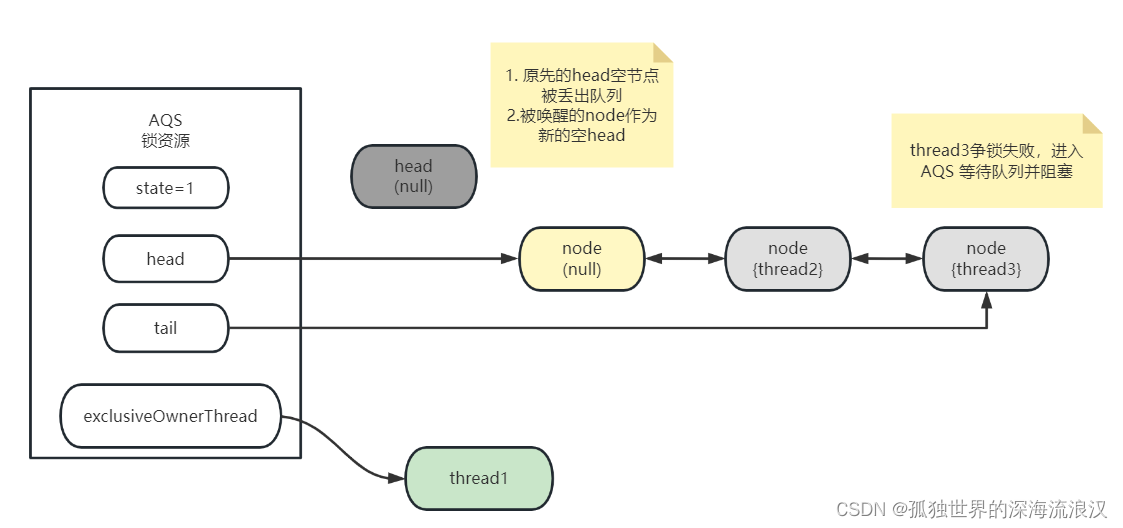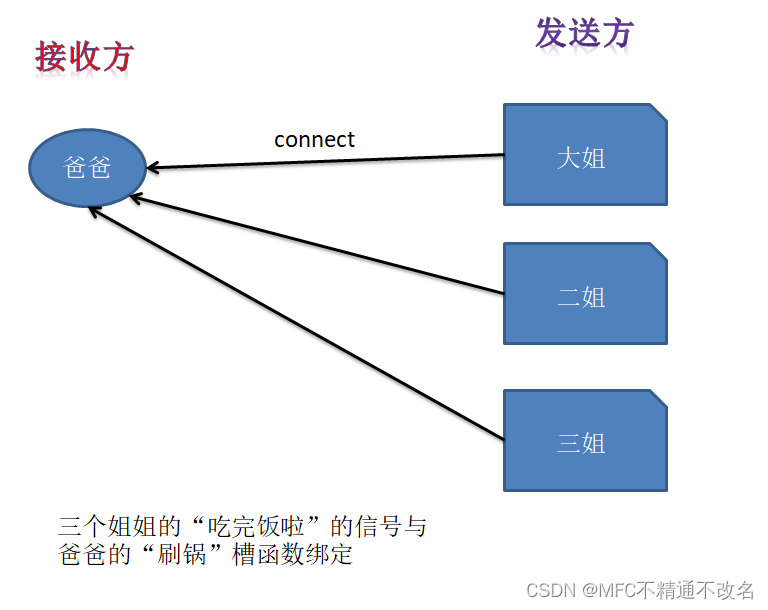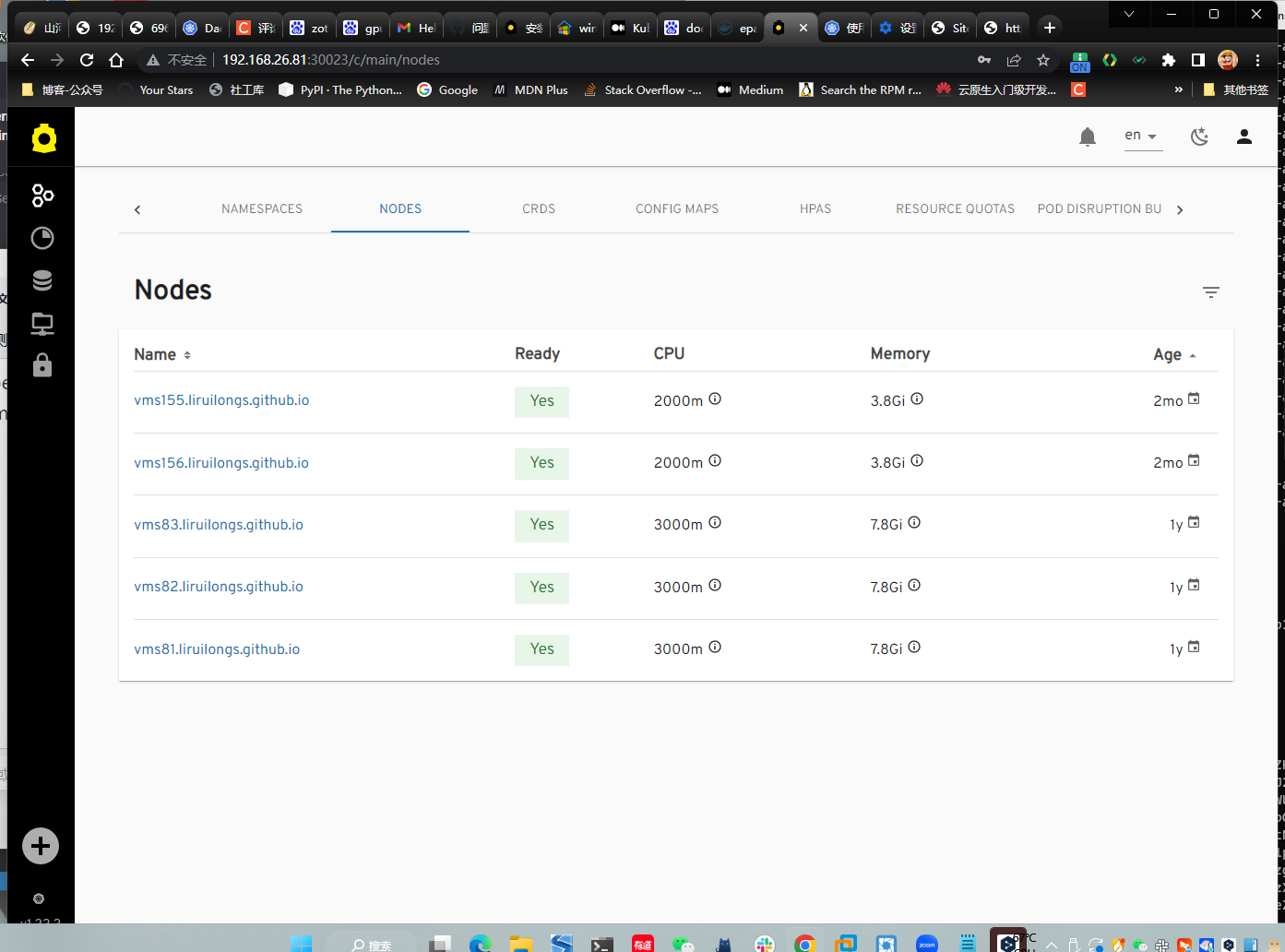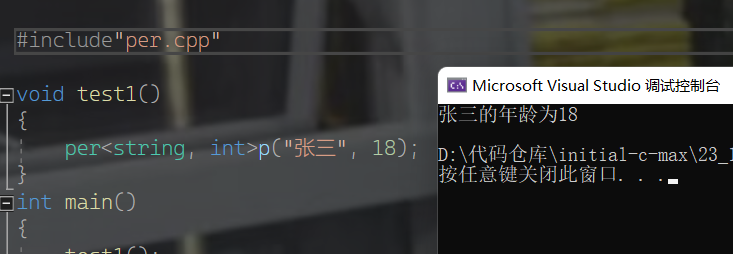前言
提示:文本为数据解构(一)后续补充文:
本文具体讲解顺序表的具体使用方法
提示:以下是本篇文
系列文章目录
第一章 数据解构(一)
文章目录
前言
系列文章目录
一、静态的使用方式
二、动态的使用方式
1.定义一个结构体
2.初始化
3.扩容
4.尾加
5.尾减
6.头加
7.头减
8.查找
9.删除pos位置的值
10.pos位置插入x
11.销毁
总结
提示:以下是本篇文章正文内容,下面案例可供参考
回顾上文说到顺序表可以分为两种:
动态
使用动态来开辟的数组存储
静态
使用固定长度数组存储元素
一、静态的使用方式
代码如下(示例):
#define N 10//定义一个常量的宏
typedef int SLDataType;//从新定义int 的名称
typedef struct SeqList
{
SLDataType a[N];//开辟一个固定大小的数组
int size; //有效数据个数
int capacity; //空间大小
}SL;

二、动态的使用方式
制作一个可以增,删,改,查,可扩容的数组
1.定义一个结构体
代码如下(示例):
typedef int SLDataType;//从新定义int 的名称
typedef struct SeqList
{
SLDataType* a;//开辟动态大小
int size; //有效数据个数
int capacity; //空间大小
}SL;SLDataType* a;//开辟动态大小
int size; //有效数据个数int capacity; //空间大小
2.初始化
代码如下(示例):
void SListInit(SL* ps1)
{
ps1->a = NULL;//把大小为空
ps1->size = ps1->capacity = 0;//可用为0
}3.扩容
增容的目的是为了在输入数据时有可用空间
代码如下(示例):
void SLCheckcapicity(SL* ps1)
{
if (ps1->capacity == ps1->size)
{
//当空间大小为0时给开辟4个空间
//如果有空间就把以前的空间乘2
int newcapicity = ps1->capacity == 0 ? 4 : ps1->capacity * 2;
SLDataType* tmp = (SLDataType*)realloc(ps1->a, newcapicity * sizeof(int*));
if (tmp ==NULL)
{
printf("扩容失败");
exit(-1);
}
ps1->a = tmp;//扩容好后的空间给a
ps1->capacity = newcapicity;//把范围大小给capacity
}
}
4.尾加
代码如下(示例):
void SLPushback(SL* ps1, SLDataType x)
{
SLCheckcapicity(ps1);//先判度空间是否充足
ps1->a[ps1->size] = x;
ps1->size++;
}5.尾减
代码如下(示例):
void SLPopback(SL* ps1)
{
if (ps1->size > 0)
{
ps1->a[ps1->size-1] = 0;
ps1->size--;
}
}6.头加
代码如下(示例):
void SLPushFront(SL* ps1, SLDataType x)
{
SLCheckcapicity(ps1);
int end = ps1->size - 1;
while (end >= 0)
{
ps1->a[end + 1] = ps1->a[end];
end--;
}
ps1->a[0] = x;
ps1->size++;
}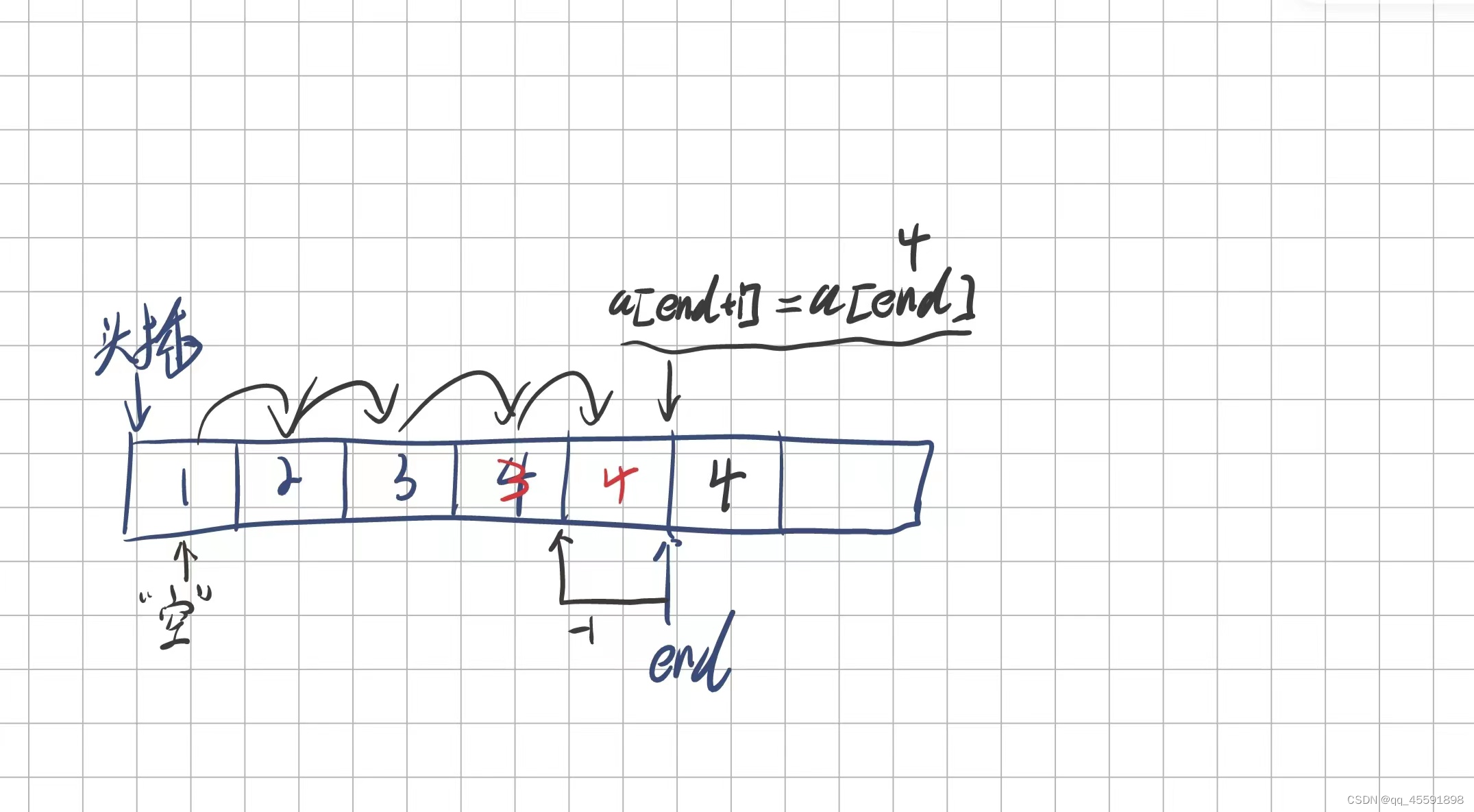
7.头减
代码如下(示例):
void SLPopFront(SL* ps1)
{
int begin = 1;
while (begin< ps1->size)
{
ps1->a[begin-1] = ps1->a[begin];
begin++;
}
ps1->size--;
}
8.查找
代码如下(示例):
void SLFind(SL* ps1, SLDataType x)
{
for (int i = 0; i < ps1->size; i++)
{
if (ps1->a[i] == x)
{
return i;
}
}
return -1;
}9.删除pos位置的值
代码如下(示例):
void SLErase(SL* ps1, int pos)
{
if (pos <= ps1->size && pos >= 0)
{
int begin = pos;
while (begin <ps1->size)
{
ps1->a[begin-1] = ps1->a[begin];
begin++;
}
ps1->size--;
}
} 10.pos位置插入x
代码如下(示例):
void SLInsert(SL* ps1, int pos, SLDataType x)
{
//这里的主要操作为选择的数不为下标而是数
int y = pos == 0 ? pos : pos - 1;
//因为顺表是连续的所以说不可以跳
if (pos < ps1->size && pos >= 0)
{
SLCheckcapicity(ps1);//判断是否需扩
int end = ps1->size;
while (end >= y)
{
ps1->a[end + 1] = ps1->a[end];
end--;
}
ps1->a[y] = x;
ps1->size++;
}
}11.销毁
代码如下(示例):
void SLDestory(SL* ps1)
{
int Destory = ps1->a[0];
while (ps1->size>=Destory)
{
ps1->size--;
}
}总结
提示:这里对文章进行总结:
链表的问题是必须在内存中是连续存储,实践发现多次的使用,pos位置插入x可能会导致整个数组的顺序会有变化。


